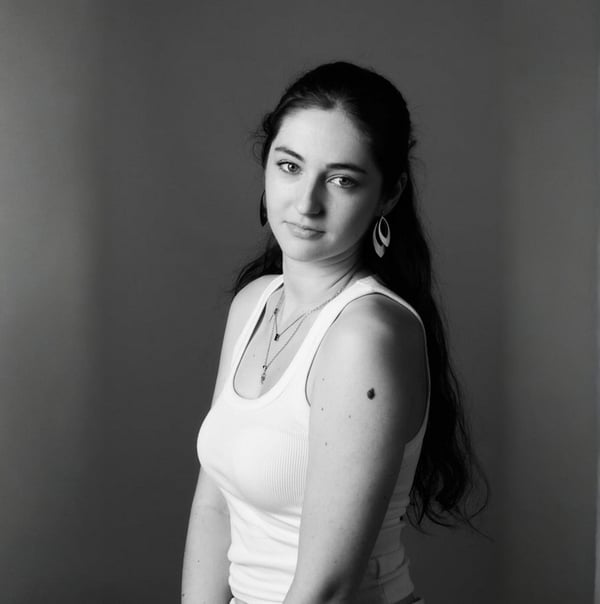Virtual Try-On Technology in Fashion: The Future of Online Shopping
Table of Contents
- What Is Virtual Try-On Technology in Fashion?
- Why It’s a Game-Changer
- How It Works
- Who’s Using It Already?
- Modelia and Try-On Tech
- Benefits Beyond the Obvious
- Challenges That Still Exist
- Future Trends to Watch
- How to Get Started as a Brand
- How to Try Clothes on Virtually?
- How to Test Outfits Online?
- How Does Google Virtual Try-On Work?
Shopping for clothes online used to be all about guessing. Will it fit? How will it fall on the body? Will the color look the same in person? Those uncertainties still exist, but they’re getting smaller. That’s thanks to a major shift in how we visualize fashion online: virtual try-on technology in fashion.
It’s no longer sci-fi. Consumers today can try on clothes using their phone’s camera, upload a photo to see how an item looks, or even use 3D avatars that replicate their body type. This isn’t a gimmick anymore. It’s becoming a must-have tool for e-commerce brands trying to stay ahead.
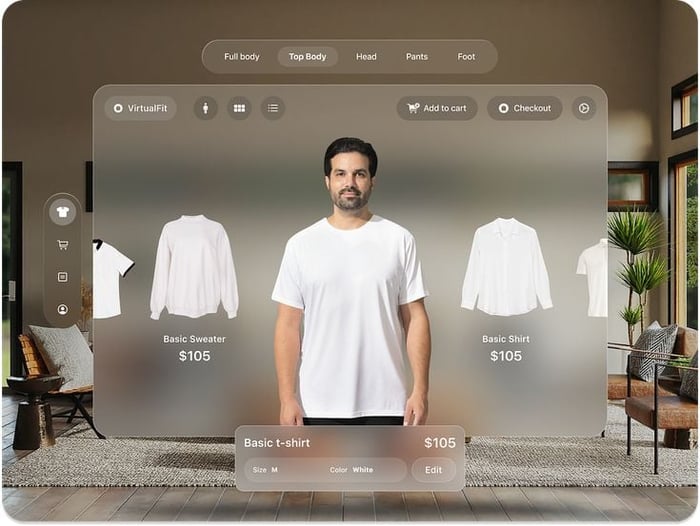
What Is Virtual Try-On Technology in Fashion?
Virtual try-on is a digital solution that lets shoppers see how clothes, accessories, or shoes would look on them, without touching the item physically. It can be done through:
Augmented reality (AR) overlays via smartphone camera
3D avatars that simulate body size and proportions
Photo-based try-ons where the item is layered on a selfie
What separates virtual try-on technology in fashion from other digital experiences is its goal: to reduce friction in decision-making. When people can visualize the product on themselves, they feel more confident to buy.
Why It’s a Game-Changer
Fashion has one of the highest return rates in e-commerce, sometimes over 30%. People buy two sizes to keep one, or order just to test how something looks. This leads to wasted shipping, environmental impact, and operational costs.
Virtual try-on changes the game by:
Reducing returns (some brands have reported drops of 20–30%)
Increasing conversion rates (more confident buyers)
Personalizing the experience
Enhancing customer trust
It’s not just about looking cool, it’s about solving a real pain point in fashion retail.
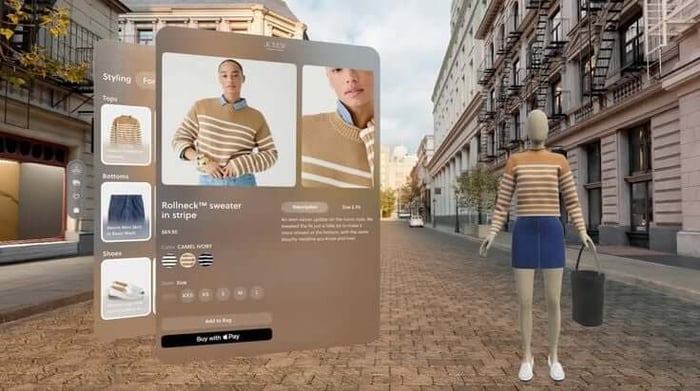
How It Works
There are a few key components behind most VTO systems:
Body scanning: Apps use AI to estimate your body shape from a few photos or a video.
Garment digitization: Brands upload 3D models of their clothes, often with fabric behavior simulation.
Rendering engines: These combine the person’s avatar or image with the digital garment, adjusting for lighting, angle, and movement.
Some systems go further and simulate fit tension maps, which show if a garment would be tight or loose on your body. This level of detail helps build trust in the experience.
Who’s Using It Already?
Big names have already adopted virtual try-on technology in fashion:
Zara rolled out AR-based try-ons in stores and app versions for selected collections.
Gucci offers sneaker try-ons via its app, letting users see how styles look on their feet.
Farfetch is experimenting with 3D try-on for luxury pieces.
Nike has tools that estimate shoe fit using just your smartphone camera.
Snapchat launched AR try-on filters, partnering with fashion brands for real-time experiences.
This isn’t just a “nice-to-have” for tech-forward brands, it’s fast becoming a consumer expectation.
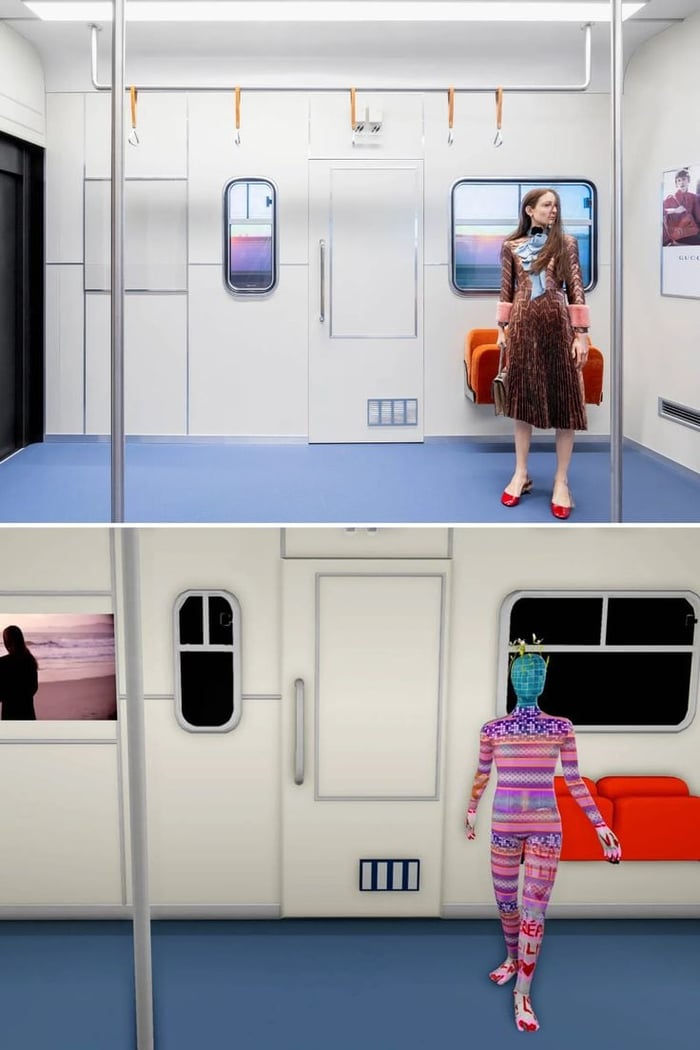
Modelia and Try-On Tech
At Modelia, virtual try-on is part of a broader vision: to improve how people experience fashion online through smart visualization. While Modelia is best known for realistic mannequin generation and automated post-production, its infrastructure is built to support integration with try-on systems.
For instance, when brands use Modelia’s tools to create consistent, ghost-mannequin images, these visuals are clean and structured enough to plug directly into VTO platforms. That means faster pipeline development and better-looking results on virtual avatars.
Even brands not using full VTO yet benefit: standardized visuals = less guesswork = more confidence = fewer returns. It’s a stepping stone to full try-on tech.
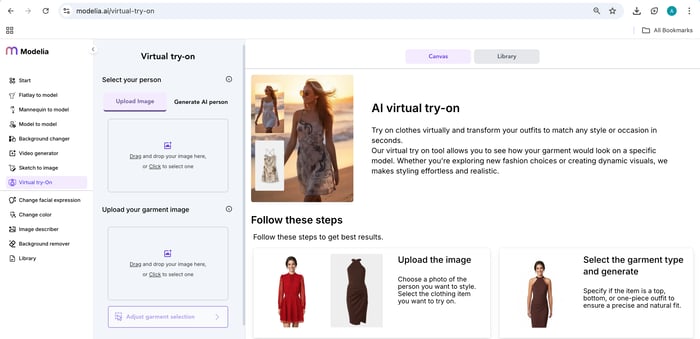
Benefits Beyond the Obvious
Aside from the clear UX advantages, virtual try-on technology in fashion opens doors for:
Inclusivity: People can see how clothes might look on different body types, skin tones, and genders.
Sustainability: With fewer returns and more informed purchases, fashion brands reduce waste and carbon footprint.
Market insights: Brands learn what styles or fits are most tried-on, helping shape product decisions.
Also, smaller or indie brands that feared high return rates can now enter the market more confidently by leveraging plug-and-play VTO tools.
Challenges That Still Exist
Of course, no tech is perfect. Virtual try-on still faces some challenges:
Fit accuracy: Rendering how a fabric stretches or drapes on a unique body is hard.
User input: If customers enter wrong data (height, size), the try-on will be off.
3D modeling cost: Creating digital garments requires time and money.
Device limitations: Not every customer has a smartphone or internet fast enough to run these tools smoothly.
Still, as AI and AR tech improve, these barriers continue to shrink.
Future Trends to Watch
The future of virtual try-on technology in fashion is looking dynamic. A few things to watch:
AI-generated avatars from video: Instead of taking measurements, customers will just record a quick 360° video. The system will auto-generate their avatar and simulate multiple outfits in seconds.
Fit-feedback loops: Users who try on virtually and later confirm fit post-purchase help train the system to improve predictions over time.
Integration into livestream shopping: Imagine watching a fashion show online and being able to click and try each item on your avatar live. That’s not far off.
Virtual showrooms: With VTO, entire fashion weeks can become accessible, virtually. Buyers and press can experience collections on their own avatars without traveling.
Blending with digital fashion: As digital-only garments gain popularity (especially in gaming and social media), try-on tech is also used to preview these pieces in mixed reality.

How to Get Started as a Brand
For brands looking to jump in:
Start with visuals: Clean, standardized product photography (like Modelia enables) is the foundation.
Work with VTO platforms: Companies like Zero10, Wanna, and DressX specialize in plug-and-play tech.
Test in small campaigns: Roll it out with a capsule collection or accessories.
Educate customers: Make tutorials or show how others used it successfully.
Track performance: Monitor how try-on use impacts conversion, engagement, and returns.
You don’t have to go all in on day one. But dipping your toe into virtual try-on technology in fashion now will prepare you for where the industry is heading.
How to Try Clothes on Virtually?
Trying on clothes virtually typically involves using augmented reality (AR) or artificial intelligence (AI) tools that simulate how garments would look on your body. Most virtual try-on experiences allow you to either upload a full-body photo or enable your device’s camera to create a real-time mirror effect. The software then overlays clothing items onto your image or live video feed, adjusting for body shape, size, and movement. Some advanced tools even let you input your measurements to improve accuracy. These technologies are available on several fashion retailer websites and mobile apps, helping you visualize outfits before making a purchase.
How to Test Outfits Online?
Testing outfits online has become easier with the rise of virtual fitting rooms and styling platforms. Many fashion retailers now integrate digital tools that let you mix and match tops, bottoms, accessories, and shoes on a virtual mannequin or even on a photo of yourself. Some websites let you build a digital wardrobe from items you own or are browsing, helping you see how pieces look together. AI platforms like Modelia go a step further by enabling brands and creators to style, enhance, and visualize clothing combinations in realistic flat lay or mannequin formats, making outfit planning more dynamic and user-friendly.
How Does Google Virtual Try-On Work?
Google Virtual Try-On is a feature integrated into Google Search that allows users to preview how clothing items look on real models of various body types and skin tones. It uses a combination of computer vision and machine learning to display how products, like shirts, pants, or dresses, fit and move. When searching for fashion items on mobile, users may see a “Try-On” button, which opens an interactive viewer. While it doesn’t place the clothing on your own photo or camera feed (yet), it helps shoppers make more informed decisions by offering a realistic view of how a garment appears on diverse people. This technology continues to evolve and may soon include more personalized functionality.

Wrapping Up
Online fashion is changing fast and customer expectations are moving with it. People want to feel more confident when they click “buy”. They want to see themselves in the clothes, not just imagine it.
Virtual try-on technology in fashion bridges that gap. It reduces friction, boosts confidence, and helps brands sell smarter. With tools evolving and platforms like Modelia laying the groundwork, the transition to more immersive, personalized shopping is already underway.
Whether you’re a big name or just starting out, one thing is clear: seeing is believing, and virtual try-ons are becoming the new standard for showing up well online. Discover more at Modelia
How would you rate this article:
Related Articles
- The Best Tools for Flat Lay Design You Should Be Using
- How to Flip an Image in Seconds
- The Best AI Fashion Design Software to Innovate Your Brand
- Best AI Muppet Generators for 2026
- How to Mirror an Image Step-by-Step
- Shopify Conversion Rate Optimization Guide
- Shopify vs Etsy: A Complete Comparison for Sellers
- Best 7 Botika Alternatives You Should Check Out in 2025
- Best 5 AI Sketch to Image Tools to Bring Your Drawings to Life
- How to Dress for Your Body Type: Complete Style Guide


